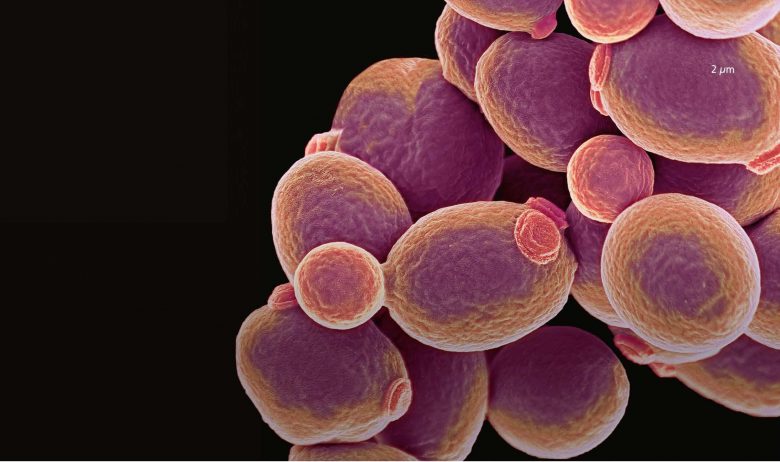
In the late 1980s, research revealed that small bits of bacterial genomes are repeated at brief intervals. The repeated sections were palindromes — they read the same in both directions. This gave rise to the term CRISPR — pronounced ‘crisper’ — Clustered Randomly Interspersed Short Palindromic Repeats. In 2002, a set of genes was found that were next to the repeated CRISPR sequences and these were unimaginatively called CRISPR-associated genes, or cas for short. Intriguingly, the proteins produced by the cas genes include enzymes that unravel DNA (called helicases) and snip it up (these enzymes are called nucleases).
The sequences between the repetitive CRISPR chunks were found to be from viruses that attack bacteria. This was not strictly a surprise — all genomes contain the remnants of viral infection. About 50% of your DNA is made up of sequences from viruses. But the virus DNA in the CRISPR sequences was different in that it was intact.
Your organisation does not have access to this article.
Sign up today to give your students the edge they need to achieve their best grades with subject expertise
Subscribe




